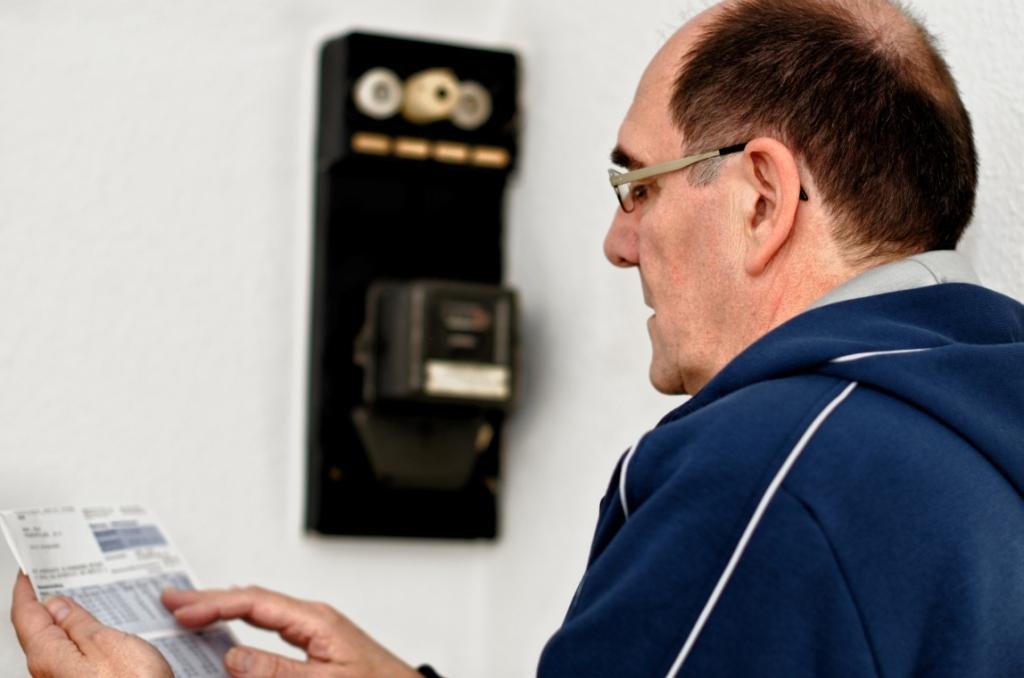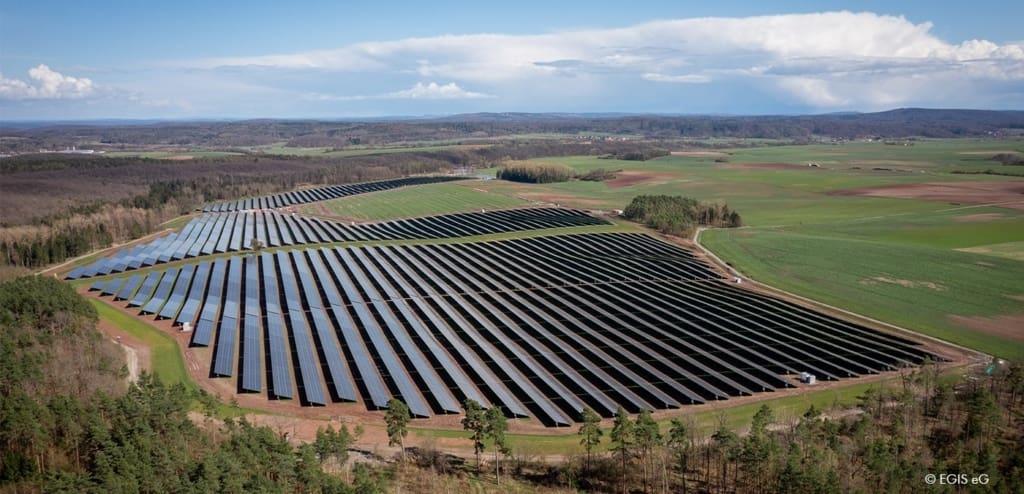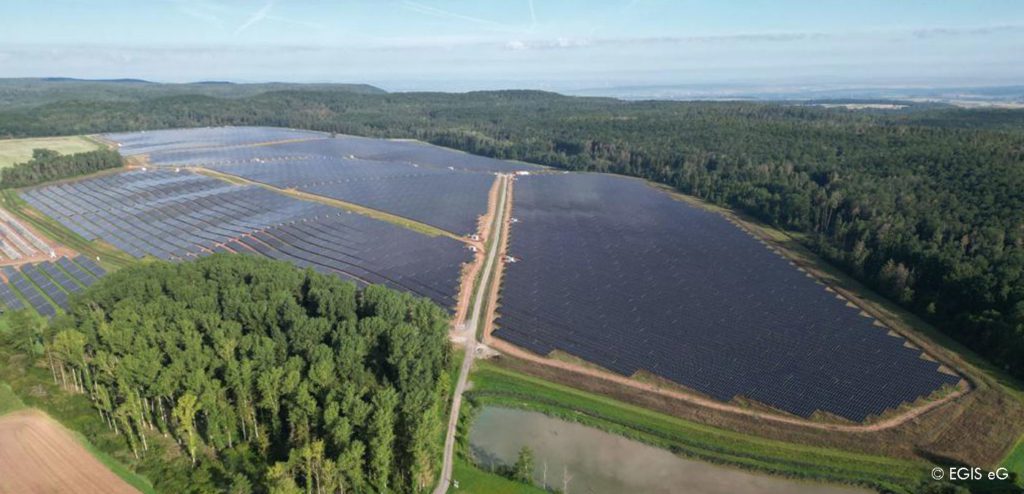What Is a Kilowatt-hour?

Have you ever found yourself asking this question? It is a unit – correct. It has something to do with electric current – also correct. However, surely only a few of us are able to explain, off the top of our heads, what can actually be done with a kilowatt-hour. We are, therefore, pleased to be given the opportunity to publish Sabine E. Rädisch’s blog article from Ecoquent-Positions. Thank you very much, Sabine!
It shows up on our yearly energy bills and displays our heating energy consumption in numbers, but it remains for many a relatively abstract unit: the kilowatt-hour. It is the basic unit used in our energy blog. But honestly, who can explain off the cuff, what a kilowatt-hour is and in which scales it appears in the common household? I’m going to give it a shot.
Energy Is Electric Current and Heat – Among Other Things
In physics class I learned that energy is the ability to do work. Work in a physical sense can mean raising the temperature of the living room from 17 to 20 degrees, climbing a mountain or watching television – in which case the television actually does the work. Thus, electrical energy is consumed while we ourselves perhaps acquire energy in the form of potato chips. When it comes to food, the unit kilocalorie is still common. The official SI unit of energy, however, is called a joule, which is equal to one watt-second.
1 Joule (J) = 1 Watt-second (Ws)
This is an extremely small unit. For example, a single heartbeat consumes about 1 joule. To go biking, rock climbing or to watch TV we need many times this amount of energy. To keep numbers easy to manage, so-called prefixes have been established, which increase a given unit by a factor of 1,000 – for example, k (kilo) for 1,000.
- 1,000 joules = 1 kJ (kilojoule)
- 1,000 watt-seconds = 1 kWs (kilowatt-second)
However, as seconds themselves are also very short, the limit is set at hours. One hour has 3,600 seconds.
1 kilowatt-hour (kWh) = 3,600 kilowatt-seconds (kWs)
This is how we come up with manageable numbers to represent the everyday energy demand for power consumption and heating. One kilowatt-hour of electric current will cost €0.2675 from my green electricity provider starting next year – but how much electric current am I actually consuming? I like to have an idea of the scales just to know what they are talking about.
Getting Acquainted With the Scales
The electricity demand of a four-person household is approximately 4,000 kWh per year. With one kilowatt-hour (1 kWh) of electric current I can:
- wash one load of laundry
- vacuum for one hour (with a 1,000 W vacuum cleaner)
- watch TV for seven hours
- leave a 10 watt LED lamp on for 4 days.
The heating demand of a ten-year-old house is 70 kWh per square meter per year, meaning that 140 square meters of living space require a good 10,000 kWh of heating energy yearly equating to approximately 1,000 liters of fuel.
Energy = Power x Time
Information in watts (W) indicates load power – the amount of energy (work) per unit of time. Energy demand is calculated the other way around by multiplying power by time. For example, in the case of a 1,000 W (= 1 kW) vacuum cleaner the following is true:
One kilowatt-hour is equal to one hour of vacuuming.
The original article was first published in German on the ecoquent-positions blog on December 12, 2012. Thank you for your kind support.




Nice to read my article in English (even better than the German original version :-). I hope both German and English speaking readers will find it useful!